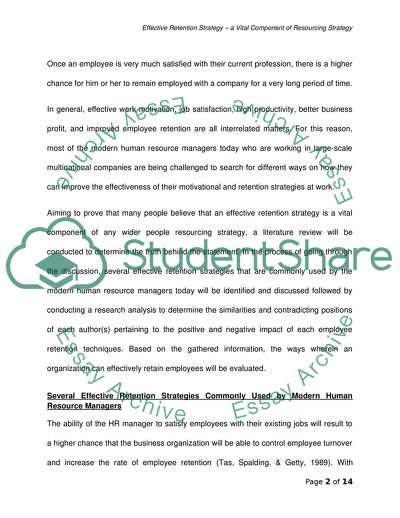Cite this document
(Effective Retention Strategy: a Vital Component of Resourcing Strategy Case Study - 1, n.d.)
Effective Retention Strategy: a Vital Component of Resourcing Strategy Case Study - 1. Retrieved from https://studentshare.org/human-resources/1719432-people-resourcing
Effective Retention Strategy: a Vital Component of Resourcing Strategy Case Study - 1. Retrieved from https://studentshare.org/human-resources/1719432-people-resourcing
(Effective Retention Strategy: A Vital Component of Resourcing Strategy Case Study - 1)
Effective Retention Strategy: A Vital Component of Resourcing Strategy Case Study - 1. https://studentshare.org/human-resources/1719432-people-resourcing.
Effective Retention Strategy: A Vital Component of Resourcing Strategy Case Study - 1. https://studentshare.org/human-resources/1719432-people-resourcing.
“Effective Retention Strategy: A Vital Component of Resourcing Strategy Case Study - 1”. https://studentshare.org/human-resources/1719432-people-resourcing.


